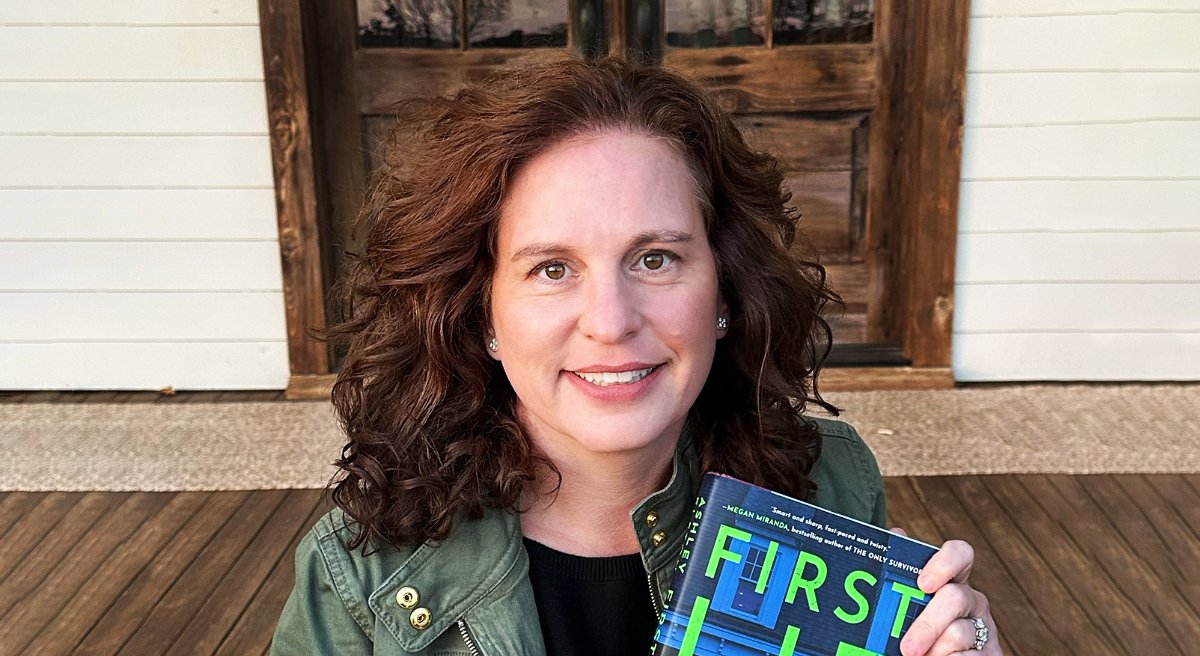Today half of all renter households are cost burdened. The reason is simple: since 2001 inflation-adjusted median rent (including utilities) has increased by 23 percent, but median income for renting households has increased by only 5 percent. Meanwhile, federal housing assistance reaches only one in four households that qualify for it, forcing most poor families to dedicate at least half of their income to shelter costs. Many can’t keep up. In a typical year, landlords file over 3.6 million eviction cases, and those most threatened by eviction are babies and toddlers. That’s the bad news. The good news is that the housing crisis is utterly fixable. Here’s how the next presidential administration could solve it.
First, stop the bleeding. Yes, we must build, but building takes years, and we need action now. We should prioritize programs that bring immediate relief to the homeless and prevent others from joining their ranks. By identifying those at risk of housing loss and providing them with safe homes and services, the government was able to reduce veteran homelessness by 55 percent between 2010 and 2022. It should expand this approach to cover everyone sleeping on the street. On the prevention side, we should invest in eviction diversion by providing tenants with attorneys and rental assistance and mandating that landlords participate in mediation. Initiatives that combine these three components can prevent most evictions. We should focus on problem landlords, since a small number of them are responsible for an outsize share of evictions. In Tucson, Arizona, for example, just 242 buildings are responsible for 60 percent of all evictions in the city. This means that cost-effective measures targeting the most troublesome properties could significantly reduce a city’s overall displacement rate.
Second, preserve what we have. It’s usually cheaper to restore depressed housing than it is to undertake new construction. To develop a plan to repurpose dilapidated housing around the country, we should study successful models, like Blight Busters in Detroit or Pennsylvania’s popular Whole-Home Repairs Act. We need to protect our public housing stock, too, dedicating the necessary funding, estimated to be around $70 billion, to complete unmet renovations. We’ve neglected the homes of the most vulnerable for far too long, and we cannot afford to lose them. Additionally, the largest federal housing subsidy for poor families—the Housing Choice Voucher Program—must be improved. Most families who qualify for this rent-reducing voucher used in the private market don’t get one, the need outpacing the aid, but even among the lucky minority who do secure a voucher, only 61 percent are able to find a landlord willing to rent to them. That’s terrible. We must ensure that all families who obtain vouchers can use them, and we should expand the program to reach the millions of unassisted poor families currently dedicating most of their income to housing costs.
Third, prepare the way. Restrictive (and often racist) zoning laws prevent multifamily housing from being built on most residential land in the country, limiting housing supply and driving up costs. If we want to get serious about delivering more housing, we have to get serious about zoning reform. The federal government could tie infrastructure or transportation funds to such reform and provide overwhelmed local officials with technical assistance. More ambitiously, it could pass a national law that shifts land-use decisions to regional governments to break through entrenched NIMBY resistance at the local level. Japan has such a law, which has enabled even Tokyo to remain affordable.
Fourth, build. We should prioritize “full housing” as much as we do “full employment.” Just as the unemployment rate should never exceed 5 percent, the rental vacancy rate should never fall below it. We should incentivize developers and invest in land banks, but we should also create an office of public sector development that specializes in smaller and affordable housing, filling in the gaps left by the private market. Build everywhere, especially in neighborhoods and towns that have skirted providing their fair share of affordable housing. Build in Georgetown. Build in White Plains. Build in my backyard. And build now. Let’s be relentless about cutting the red tape and keeping things moving forward. In the end, what matters isn’t the size of the check we write but the number of shovels breaking ground.


















 English (US) ·
English (US) ·